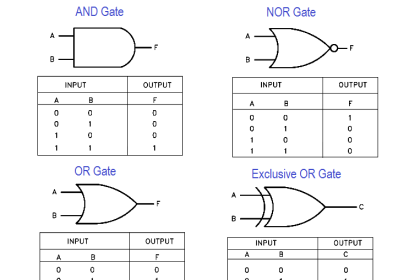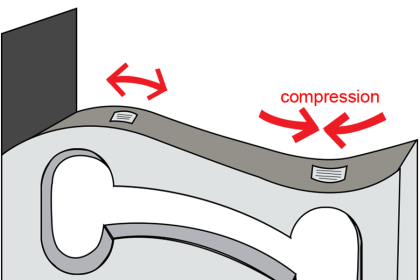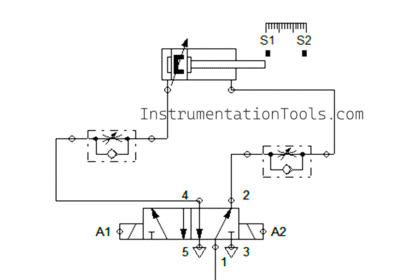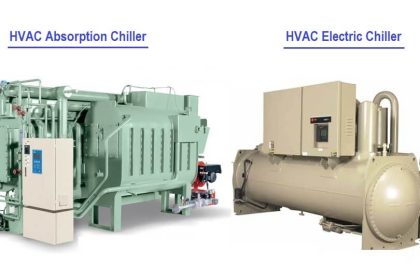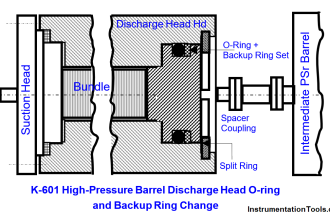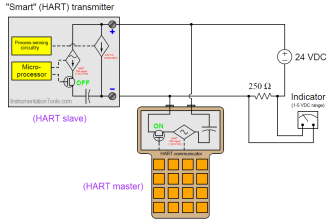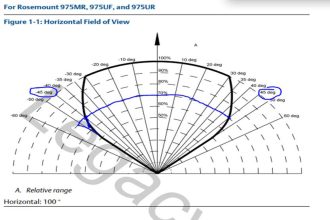It’s no joke to work in the auto repair industry. To be able to offer high-quality repair services, you must pick the top car lift for your automotive shop and ensure that your repair shop and storage area are outfitted with the appropriate tools and technologies.
Car Lifts
But today, we’re here to talk about one of the most crucial pieces of equipment you’ll need to buy for your auto shop: automobile lifts, sometimes known as car lifts. Choosing the best car lift for your repair shop’s needs is hard, though.
To select the ideal automobile lift for your business, we’ll go through the various types of lifts to make your life simpler. You must be well-versed in all the many varieties of lifts in order to select the ideal right lift.
How To Choose Car Lifts?
We’ll go over the main factors that influence purchases in this part to help you pick the best car lift for your auto repair facility.
Car lift designs come in a wide variety, but most of them may be categorized into one of two main categories depending on how they attach to the car: either by the frame or by the wheels.

The most frequent type of automobile lift that contacts the frame is often the two-post lift, whereas the most frequent type that engages the wheels is typically the four-post hoist.
It is essential to take the lifting capacity and lift speed into account when evaluating automotive lifts in addition to their height to choose wisely. Consider the height of your garage as well.
Life Speed: The time it takes for a full lift to move up or down is referred to as lift speed. Slower lift times are ideal for tiny shops because there aren’t many cars to work on in households.
You will need a quicker lift speed at the workshop due to the enormous number of vehicles that must be fixed for a commercial repair operation.
Load Capacity: The maximum weight that a lift can hold is known as its load capacity. It depends on the automotive lift’s strength and the number of columns it can support.
Lift Height: The greatest height that a vehicle may be supported by a lift is referred to as the lift height. This is a crucial item to remember if you want to operate on the car’s underbelly in any way.
For instance, the ideal solution is a hoist with a maximum height of four feet if you need to operate on the tires rather than the undercarriage.
In a later part, we’ll go into more depth about portable car lifts and scissor lifts, two other kinds of vehicle lifts.
But before we get too deeply into these car lift categories’ characteristics, we want to provide you with a few tips and pieces of advice that will help you choose the best car lifts for your garage or workshop.
Before examining the auto hoists industry, you need first consider the following issues:
- What types of automobiles do I have access to? Will I service motorcycles, cars, light trucks, sport utility vehicles (SUVs), or motorcycles?
- Can you tell me the weight in tonnes of my car?
- How big is my farm or garage? What are the actual dimensions of the workshop I have?
- How dependable is the concrete base that will support the hoist?
- What other modifications and safety fixes will I be making to the vehicle? Do I need to have access to the engine bay?
Moreover, we will also discuss some other important factors that you need to consider before buying automotive shop equipment like a car lift for your business.
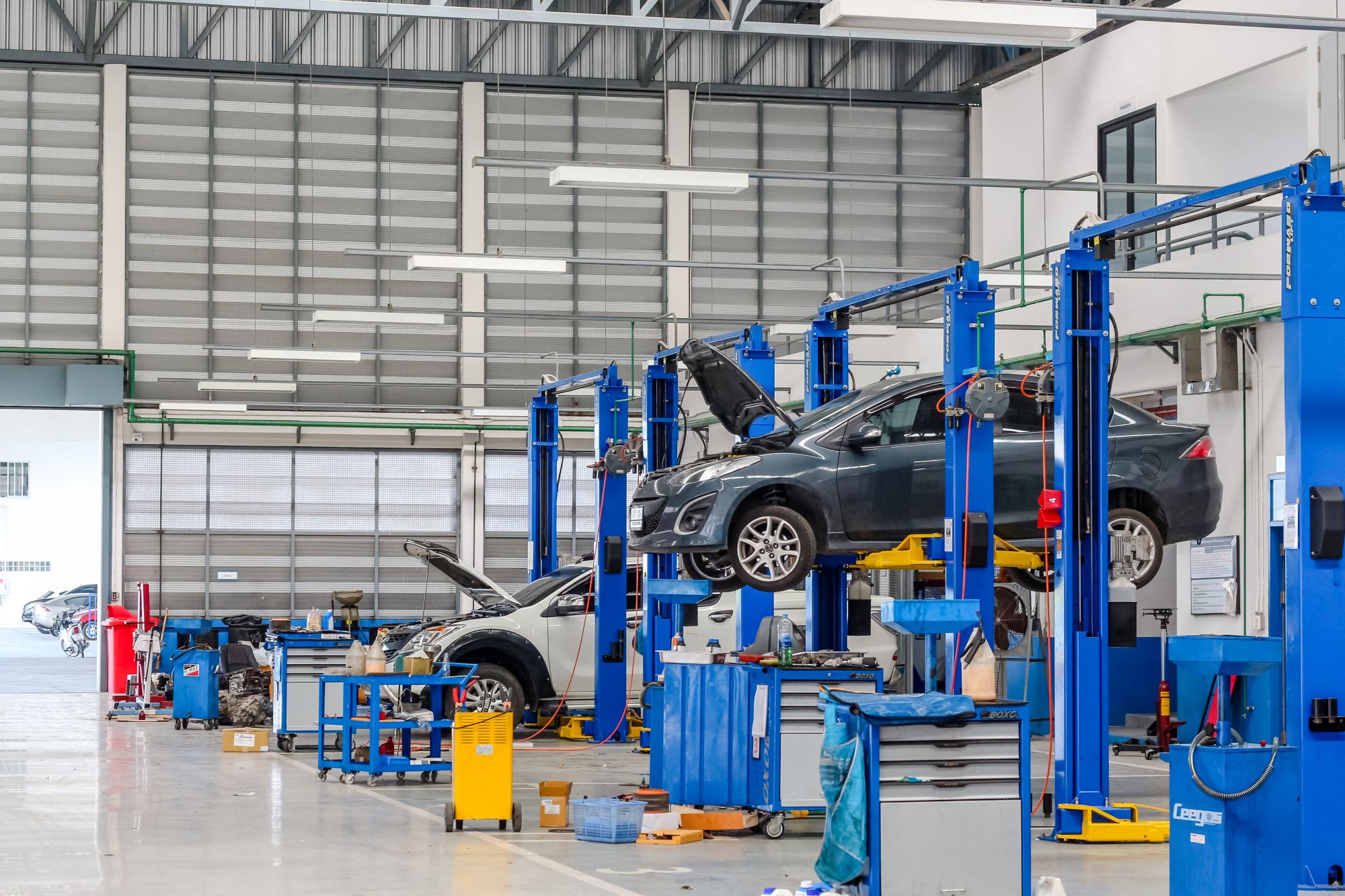
Consider The Life Span Of a Car Lift
Having the most recent model of a vehicle lift will result in increased productivity and lower running costs.
You might want to think about buying a used car lift if you want to use the lift in the comfort of your own home garage. This is because the automobile requires less maintenance and the parts are easier to keep in working order.
Choose Quality Over Price
Even though the value of quality above price has been hotly contested since mass manufacturing was invented, a product’s quality still matters regardless of how much it costs.
Before you purchase a car lift, you should do your homework and familiarize yourself with the many features offered by different kinds and types of automotive lifts. You shouldn’t anticipate spending a lot of money on a vehicle raise while looking for an affordable option.
In certain cases, a car lift could also be pricey, but you’ll never have to make further trips to replace or repair items.
A high-quality car lift is also safer than a cheap counterfeit that has the proper guarantee but does not meet the necessary industry requirements.
Therefore, instead of going with the vehicle lift with the lowest price, consider how well it satisfies your requirements for quality and safety.
Look At The Specifications Of Auto Lifts
You should be aware of the essential characteristics required for your business as not all lifts have the same features and not all of them can raise automobiles.
And confirm the specifications with the need to guarantee that your car will have enough headroom once it has been lifted.
For instance, there should be enough space for you to move about and work hassle free on your cars when they are elevated off the workspace.
Understanding The Different Types of Car Lifts
You will want some sort of car lift to uplift the cars so that you can do maintenance and repairs on them.
The most common kind used to be in-ground car lifts, but owing to developments in technology, that has changed. The Automotive Lift Institute has tested and approved seven different types of automobile lifts.
We will go through the most common vehicle lifts, such as four-post lifts and scissor lifts, to help you get started. In the end, the needs and requirements of your company will determine which automotive lift is best for you.
Two Post Lifts
The most prevalent kind of vehicle lift is currently two post lifts, which were originally a little bit unusual in the United States.
This is because two posts take up less storage space in the home garages and can raise a far wider range of automobiles than other types of lifts, including a four-post lift.
When employing a two-post lift, a hydraulic system that is fastened to the garage floor where the lift is installed is often powered by an electric motor in order to elevate a car.
Each upright has two swing arms attached to it, and when the arms are extended, they swing out from under the car. Depending on the kind of vehicle being serviced, these arms include moveable feet that may either engage the frame of the car or support the subframe.
For safety purposes, the two-post lift is equipped with a cutoff bar that is mounted on the top of the lift and stops the automobile from being lifted above a specific height.
Therefore, two post lifts are a wonderful starting point.
Four Post Lifts
In automotive firms, four post lifts are also more frequently seen, particularly in place of scissors and portable lifts.
Four post lifts, which are normally mounted to the floor and provide the option to drive up and then drive off for servicing, eliminate the need for the technician to place arms beneath the vehicle.
The mechanic no longer has to relocate the car thanks to the four-post lift. These lifts are best used in situations when access to the undercarriage is the only requirement and wheels do not need to be removed for any reason because they typically support the vehicle utilizing the tires of the vehicle.
The tires may be removed to operate the brakes, change the tires, fix the suspension and steering, and execute other sorts of car maintenance with four post lifts, which are equipped with tires-free systems.
Drive on Parallelogram Lifts
Drive-on parallelogram lifts are interesting because, like runway lifts, they enable the vehicle to be driven up but, after the operation is over, they also need the vehicle to be backed down.
Others, on the other hand, may have two runways, allowing vehicles to be driven up and then driven off without having to reverse. The motorist won’t need to reverse because of this.
This car lift is widely used as an alignment lift, and it can be equipped with tire adjustment plates that can be adjusted as needed for this specific purpose.
These car lifts are frequently utilized to do greater, heavier-duty vehicle maintenance because to their exceptional strength and enormous size.
Scissor Lifts
Scissor lifts have grown in popularity over the past few years, and you can now see them being utilized in a wide range of service types, including oil changes, tire replacements, alignment bays, and more. This is so that a scissor lift may be built to hold the automobile by its wheels or to contact the car’s structure, allowing for service without the tires.
Although they operate similarly to parallelogram lifts, scissor car lifts to move the automobile vertically as they raise or lower it rather than forward or backward as they do with parallelogram lifts.
You may select from a variety of scissor lift models when you go to purchase one. There are several surface-mounted scissors and portable lifts, or you might choose an underground installation.
In-ground scissor lifts are typically used to repair heavy-duty vehicles, whereas surface-mounted versions are better suited for working on passenger cars and other vehicles.
In Ground Lifts
In-ground lifts were previously the most prevalent kind of vehicle lifts, but their use has decreased as lighter and more adaptable designs, such as two-post and four-post floor-mounted variants, have emerged. The bulk of in-ground lifts’ parts is frequently housed in a dedicated enclosure beneath the shop floor.
As a result, the planning and construction of an in-ground lift are different from those of an overhead lift. This class includes a broad range of lift types, the most popular of which being post lifts, scissor lifts, and others, depending on the weight rating of the auto lift.
Most of those designed for heavy-duty work use two or three pistons or scissors to make sure they are sturdy and steady. Although installing in-ground lifts requires the most planning and many factors such as site preparation, storage space consideration, free-standing, and pad height, they also have the biggest range of forms and can be customized to fit the needs of virtually every auto repair shop.
Low and Mid Rise Lifts
Depending on the type of store you want to create and the lifting capacity you require, you could discover that a low or mid-rise frame-engaging lift is more beneficial for your business. This kind of car lift can be parallelogram-shaped or scissor-shaped, and it is often intended to attach to the vehicle’s frame or subframe.
This offers a really solid foundation. They are most frequently used, however, for tasks that simply require taking the tires off of the car, such as replacing the tires, servicing the brakes, or fixing the body of the vehicle, because they have such a restricted amount of raising.
This kind of car lift is not frequently used in shops where it may be necessary to obtain access to the powertrain, oil pan, exhaust system, or gearbox due to how challenging it is to reach the bottom of the vehicle when utilizing it.
Portable Lifts
A portable car lift is an excellent choice for shops looking for something easy to move around. A portable lift is also great if you have less storage space for example, if you are a repair business just starting out in the home garage.
A portable lift can handle roughly 6,000 pounds, including sturdy auto lift types. There is a cost associated with a portable lift. You might have to sacrifice function in favor of form. Not all of these elevators have the same equipment, technology, and security features as stationary one. They could also have a restricted capacity.
Parking Lifts
These lifts use a two-way deck drive rather than two runways. The lift platform, which is supported by a single or double post, has been specifically created so that another automobile may be parked beneath it safely.
This elevator does not, however, rank among the best solutions for maintenance and repairs.
With a lifting capacity of 8,000 to 9,000 pounds, these lifts deliver dependable performance.
How High Of A Ceiling Is Required For An Automotive Lift?
It does matter to have enough ceiling height. A ceiling height of at least 11 feet is necessary for a normal two- or four-post lift. As a general rule, you may account for a vehicle height of five to six feet and a clearance height of one foot.
The car needs between 30 and 40 inches from the garage floor to the lift base for lifting, to put it another way. You may simply slip beneath the automobile because there is adequate room and clearance from the ground. This area works well for securely lowering the engine’s axles or gears. You will need a lot more room for larger vehicles.
We suggest making it possible for car repair technicians to simply go underneath the lifted vehicle without bending over or hunching over. This lifting necessitates a six-foot clearance beneath.
How Much Room On The Floor Do I Need?
Try to allow at least 12 feet between your posts and the rear wall for a symmetrical uplift. If you need to construct an asymmetrical lift, nine to ten feet should be about appropriate.
Conclusion
You now have it. All the information you need to make the most important investments as to choose your auto lifts. You should think about your space, the maximum vehicle weight, and floor space before making a choice. Another important consideration is performance and safety. We hoped to assist you in reducing your selection options and finding the right automotive lift.



